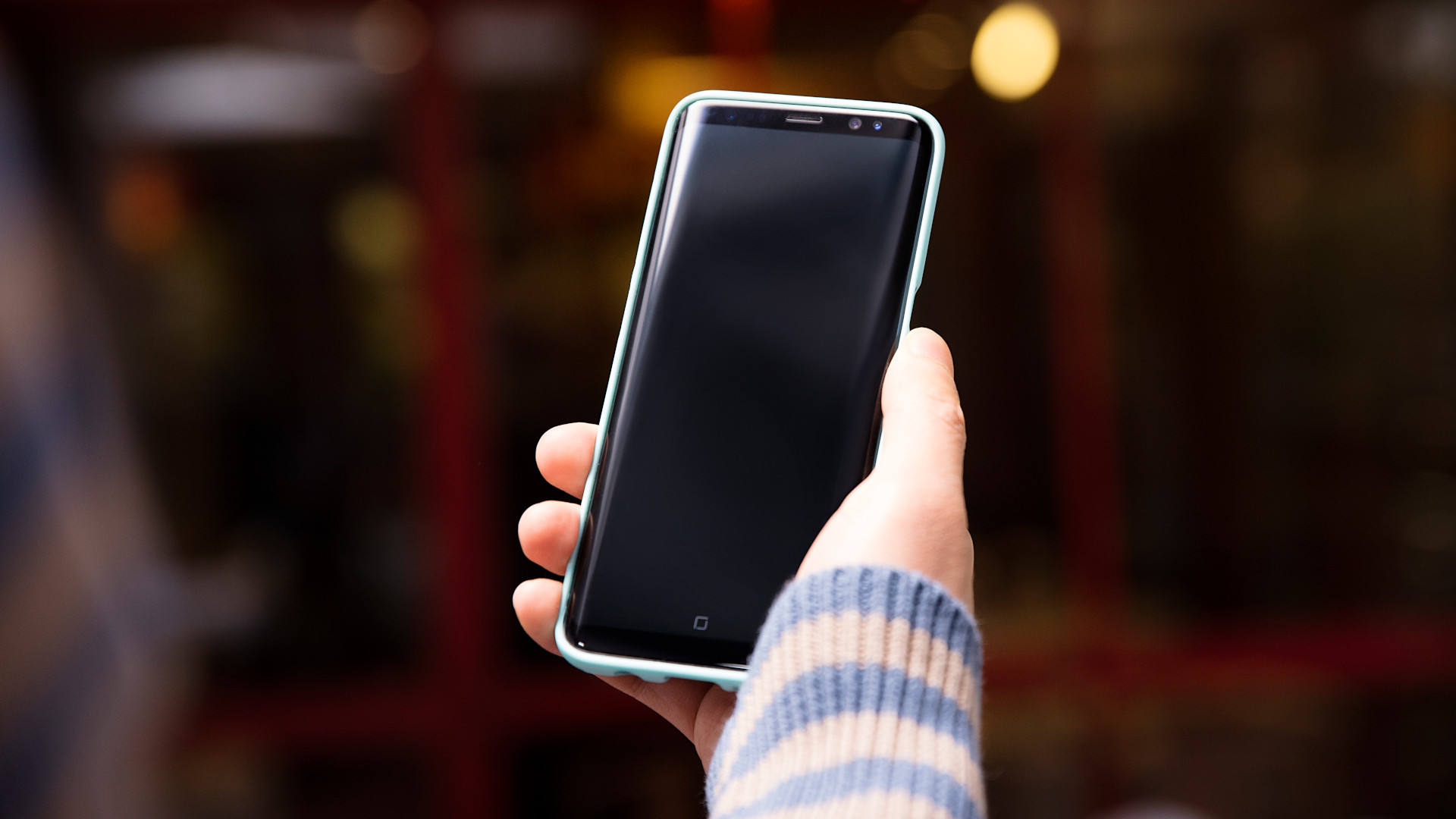Small cells bringing fast mobile coverage to where it’s needed most

Small cells, sometimes referred to as ‘mini base stations’, are small enough that you might have already seen one in the suburbs around you without realising – they’re generally made up of one or two small antennas and a small equipment cabinet, typically installed on existing infrastructure like light poles, bus shelters, advertising billboards or payphone cabinets.
Because they’re compact and unobtrusive, small cells can be installed where a large tower or antenna might not be suitable. They typically provide mobile coverage to an area of around 200 to 400 metres from the cell itself, meaning they can be installed discreetly in busy commercial areas and suburbs without causing a significant visual impact.
We’re all using more data than ever on our mobile devices, and more devices of all kinds are being connected to our network every day. Small cells help us maintain the best performing network for you, and to meet the future data and connectivity demand that technologies like 5G will bring with them.
In our cities and suburbs, we’ve used small cells for years – since the 2G era, more than 25 years ago – to help handle the ever-increasing demand for mobile coverage and capacity. A small cell on a telegraph pole or street light helps to extend 4G coverage into a nearby apartment block, and small cells at city intersections manage the data demands of the thousands of workers that stream past on weekday mornings and afternoons.
We’ve installed small cells in many metropolitan areas, but also in regional and rural locations where it’s not feasible to construct a mobile base station. At Adventure Bay on Bruny Island off the coast of Tasmania, for example, we’ve installed a small cell at the beach to allow visitors to share pictures and videos on social media, as well as to make calls and send messages to friends and family around the world.
In the most remote areas of Australia, we even use small cells connected to satellite backhaul to bridge the coverage gap – bringing mobile connectivity to areas that have never had coverage before and that do not have the fibre infrastructure in place to suit a mobile base station installation. A satellite small cell already helps connect the town of Winton in Queensland – a sheep and cattle industry hotspot for the Central West region, as well as Australia’s ‘dinosaur capital’ – to the world.
Are small cells safe?
We’ve done extensive testing on electromagnetic energy (EME) around small cell installations, using independent accredited EME assessors, to fully answer this important question. Small cells use low power levels and are designed to comply with Australia’s mandatory EME safety standards, and our testing shows that EME levels near small cells are very low – far below EME safety limits, which themselves have a significant safety margin built in.
Using the example of a small cell in a metropolitan area providing extra mobile coverage and capacity to local homes and businesses as an example, our independent testing shows EME levels that are less than 0.2% of the EME safety limits – more than 500 times below the mandatory safe levels. Standing directly under a small cell on a street light pole produced the same result of less than 0.2% of the EME safety limits.
Even when a small cell is loaded with traffic in a busy area, EME levels are still very low and far within EME safety limits. We tested a small cell installed in a conference centre, and even at a close distance of two metres from the cell itself EME levels were more than 50 times below safe EME limits.
All small cells are specifically designed for the locations they are installed in. While we currently only use small cells for 4G network technology, we will use a range of different base station types including small cells for our ongoing 5G network roll-out. We only use small cells that meet the mandatory EME safety limits, and our independent testing shows real-world EME levels far, far below those safety thresholds.
Small cells give us a great, safe way to extend our 4G network coverage and capacity, including into areas around Australia that have never had mobile coverage before. For more information on our EME community advice, you can head to our Understanding EME website.


